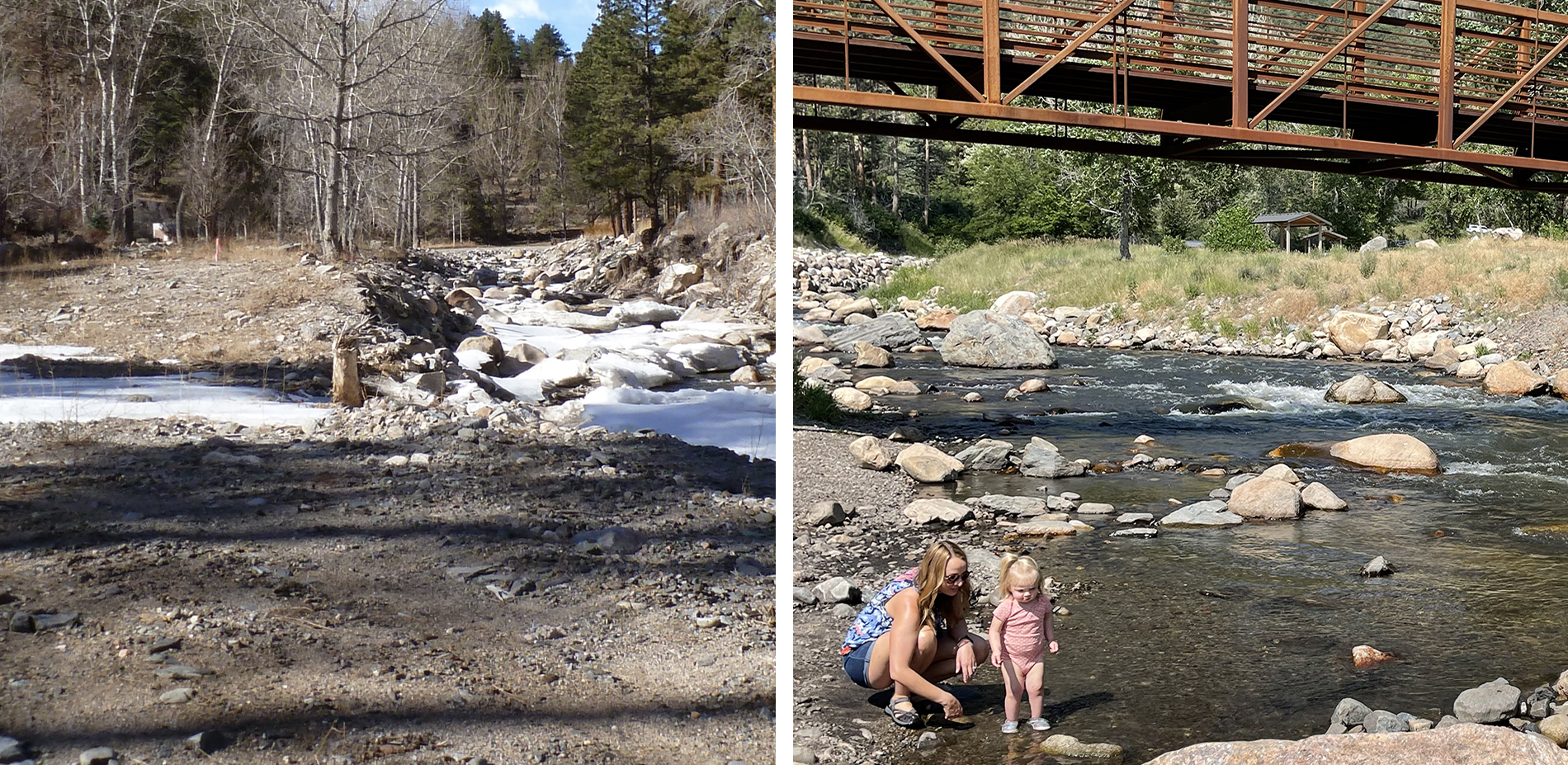
Since 1975, Colorado State University’s landscape architecture program has been preparing students to understand the relationship between nature, culture, form and space to improve the natural and built environment through design and sustainability. To support this goal, the annual Merlyn James Paulson Landscape Architecture and Environmental Planning Lecture features alumni to share their unique expertise and career journey.
This year’s speaker will be Jana McKenzie, Principal for design and planning with Logan Simpson, a nationally recognized environmental planning, community planning, and landscape architecture firm. She has worked in Fort Collins for her entire career, starting after graduation with EDAW, a national firm that grew to be the largest planning and design firm in the world.
Event Details
- September 27, 2023
- 6 – 8 p.m.
- Room 140, Nutrien Agricultural Sciences Building, 301 University Ave., Fort Collins, Colorado
- Free, virtual option available, registration encouraged
Her planning and design projects span the breadth of the profession, ranging from parks, trails, open spaces, public spaces, and building sites, to community and regional plans. Fort Collins examples include Fossil Creek Reservoir Natural Area, Trimble and Tenney Court downtown alleys, Museum of Discovery, and CSU’s Heritage Garden and football practice fields at Canvas Stadium.
Serving up success
McKenzie’s journey to becoming a professional landscape architect began at breakfast. She was working as a waitress at a Fort Collins brunch spot when Merlyn Paulson, professor and co-founder of the landscape architecture program, walked in for a meal. He persuaded her to return to CSU where she had completed a couple of years exploring a variety of subjects before deciding to take a break from academics.
“Merlyn was really the initiator,” said McKenzie. “He’s the person who puts up the challenge in front of you and then tells you how to figure it out, which sometimes was a little frustrating, but is exactly what this profession is about – learning what you do and don’t know and filling in the gaps to solve the problem.”
Learning basic skills, critical thinking, and getting hands-on experience through an internship were key to success according to McKenzie, who graduated in 1985, back when the program was housed in what is now the Warner College of Natural Resources. The program now resides in the College of Agricultural Sciences, and McKenzie said she appreciates how this history has shaped the program.
“Understanding the systems science – the blend between horticulture and natural resources – is really important,” said McKenzie.

If you want to affect positive change in the world, try landscape architecture
McKenzie was one of the first LEED™ accredited landscape architects in the United States, and was one of the five originators of the Sustainable Sites Initiative, which has become a nationally recognized design tool and rating system, SITES™.
LEED (Leadership in Energy and Environmental Design) originated with the U.S. Green Building Council, and as the name suggests, focused primarily on sustainability of buildings. McKenzie knew that for greater impact the focus needed to expand to projects that were primarily sites, and not just the site around a building. She joined the council’s annual conference program committee, the first landscape architect to do so, and helped grow the conference from 1,100 in the first year she was involved to more than 20,000 in three years.
“Sustainability is landscape architecture, and if it’s not, then you’re not doing it right,” said McKenzie, noting that many strategies that may seem relatively new, like water conservation, designing to work with natural systems, and designing planting plans to cool hot areas and also optimize carbon sequestration, have been around for a long time.
McKenzie’s advice to students is twofold. First, explore things outside of your chosen area of study to gain new perspectives and second, be patient.
“This profession gives you the ability to affect positive change in the world. And people can do that in many different ways,” said McKenzie. “You could be the best waitress in the world, and you’ve affected positive change by making everybody’s day great, serving them great food. The difference is that with landscape architecture you see both the short and long-term outcomes.”
History of landscape architecture at CSU
The program, which started as the Concentration in Landscape Planning, spent its early years housed in what is now the Warner College of Natural Resources. In 1992, the program, by then a baccalaureate major, moved to be housed in the College of Agricultural Sciences. Now a part of the Department of Horticulture and Landscape Architecture, the major graduates on average 25 students each year and is home to six faculty.
About the Merlyn James Paulson Landscape Architecture and Environmental Planning Lecture
This annual guest lecture is made possible by a generous gift from Professor Emeritus Merlyn James Paulson, one of the landscape architecture programs’ founding faculty. Paulson is passionate about the positive impact landscape architects can have on the world when they are equipped with an understanding of the natural and cultural systems of the environment. Taking place in early fall, the event gives first-year students early exposure to landscape architecture as a profession; it also aims to encourage college-bound high school seniors to come to CSU for their education.